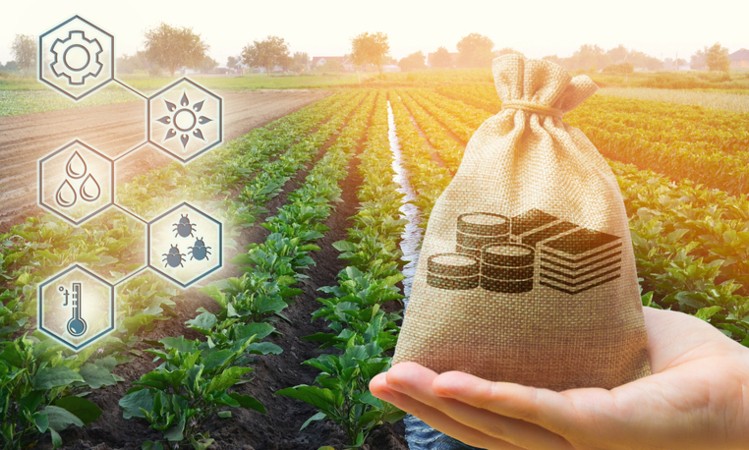
Preserving the Bounty: A Guide to Effective Crop Storage in Agriculture
The harvest is over, the fields lie bare, but the story of your crops isn’t finished. Nestled within barns and silos, a treasure trove of grains, fruits, and vegetables awaits. This is the realm of crop storage, where the fruits of your labor are shielded from the elements, protected from decay, and preserved for future use. But effective storage isn’t just about shoving things in a bin and hoping for the best. It’s a science, an art, and a critical step in ensuring your harvest reaches its full potential, nourishing not just today, but tomorrow and beyond.
Understanding the Enemy: Threats to Crop Storage
Like any good guardian, you must understand the threats to your bounty. These unseen foes can wreak havoc, turning plump grains to dust and vibrant fruits to mush:
- Moisture: Excess moisture encourages mold growth, spoilage, and even germination, rendering your crops unusable.
- Temperature: Fluctuating temperatures can damage delicate produce, accelerate spoilage, and even attract pests.
- Light: Direct sunlight can degrade vitamins and pigments in some crops, impacting their quality and nutritional value.
- Pests and rodents: These hungry critters can devour stored crops, leaving behind nothing but empty shells and frustration.
Building a Fortress of Protection: Choosing the Right Storage Facility
The type of storage you choose depends on your crop, scale, and budget. Consider these options:
- Silos: Ideal for large-scale grain storage, silos offer controlled temperature and humidity, minimizing spoilage risks.
- Granaries and barns: Traditional storage options for grains and root vegetables, these structures need proper ventilation and pest control measures.
- Cold storage: Fruits, vegetables, and certain tubers require cold temperatures to slow down ripening and prevent spoilage.
- Controlled atmosphere storage: This advanced technology creates an optimized atmosphere within the storage facility, extending shelf life significantly.
Preparing Your Crops for the Long Haul: Pre-Storage Care
Don’t toss your crops straight from field to storage. Proper pre-storage care is crucial for their longevity:
- Cleaning and sorting: Remove dirt, debris, and damaged produce to prevent contamination and spread of disease.
- Drying: Excess moisture is a major enemy. Sun drying or mechanical drying techniques are essential for grains and some fruits.
- Cooling: For perishable goods, rapid cooling after harvest is vital to slow down spoilage.
Maintaining the Guard: Monitoring and Maintaining Storage Conditions
Vigilance is key. Regularly monitor your storage facility for:
- Temperature and humidity: Ensure they remain within optimal ranges for your specific crops.
- Pests and rodents: Watch for signs of infestation and implement control measures promptly.
- Spoilage: Check for mold, discoloration, or other signs of deterioration.
Sustainable Storage: A Legacy for Future Harvests
Effective storage isn’t just about preserving your current harvest; it’s about building a sustainable future. Consider these practices:
- Minimize energy consumption: Choose energy-efficient cooling and ventilation systems.
- Reduce waste: Implement composting programs to recycle organic waste back into the soil.
- Use natural methods: Opt for natural pest control solutions whenever possible.
- Invest in sustainable storage technologies: Consider renewable energy sources and energy-efficient storage systems.
Reaping the Rewards: A Harvest that Keeps on Giving
By mastering the art of crop storage, you transform your harvest from a fleeting moment into a lasting legacy. You ensure your bounty reaches not just your market shelves, but the tables of families for weeks, months, and even years to come. You become a guardian of abundance, a steward of nature’s bounty, and a vital link in the chain that nourishes the world.
So, step into your storage facility, not as a warehouse custodian, but as a protector of potential. Embrace the responsibility, the challenge, and the immense satisfaction of ensuring your crops continue their journey, from seed to harvest, and beyond, a testament to your dedication and a promise of a future where food security thrives.